Take our sun as an example, in about 5 billion years, the hydrogen inside it will be exhausted and helium will take over nuclear fusion, but helium fusion is not stable, so the sun will expand into a red giant star and eventually collapse It exploded and turned into a white dwarf.
But if the star is 10 to 29 times the mass of the sun, it will expand into a supernova after running out of hydrogen and eventually evolve into a neutron star.
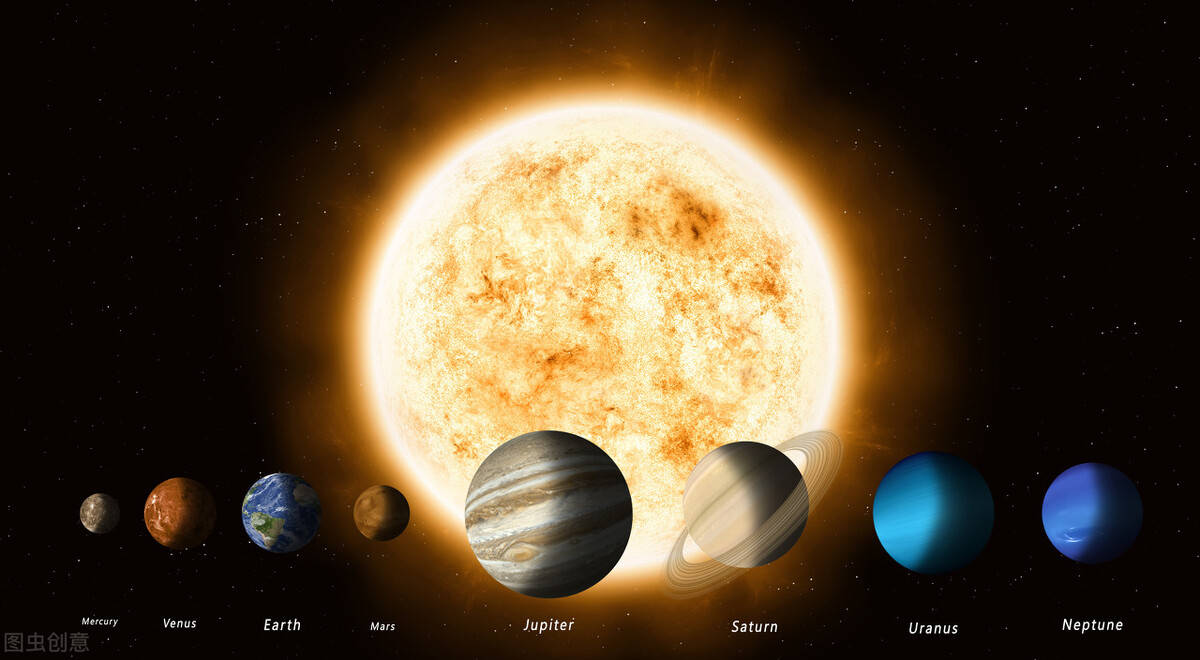
The key watershed in the evolution of neutron stars and white dwarfs lies in whether the star can break through the electron degeneracy pressure during the collapse process. At the moment when the star fuses iron, the pressure of the outward radiation through nuclear fusion stops, and the gravitational effect of the core promotes the whole process. A massive inward collapse of the star takes place.
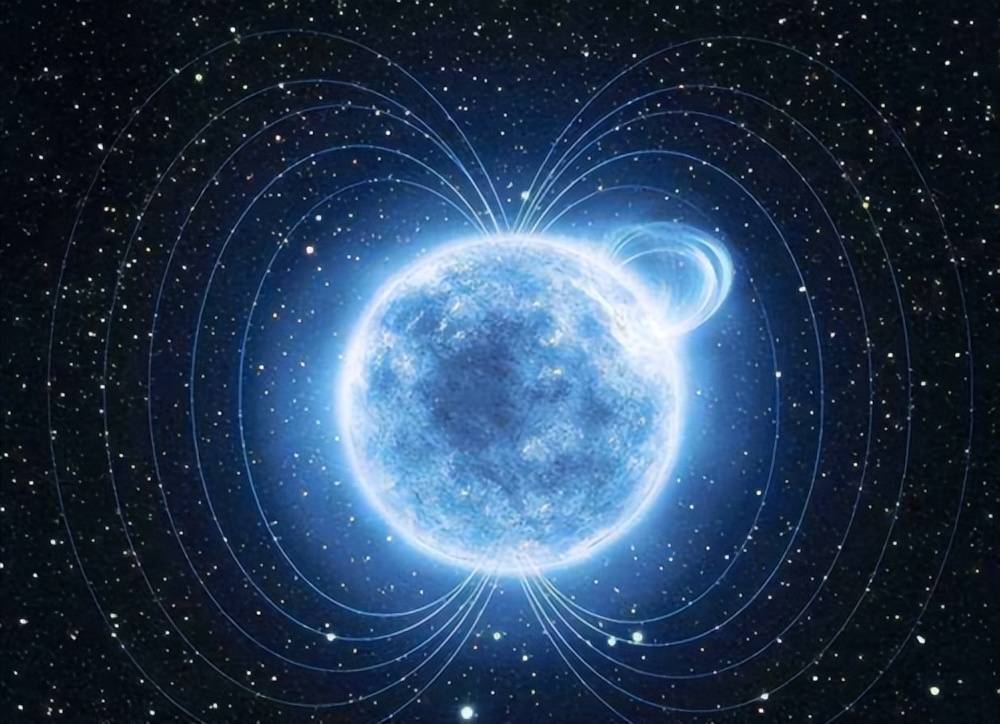
The pressure generated during the collapse of stars larger than 1.4 times the mass of the sun will break through the shackles of electron degeneracy pressure. The electrons outside the nucleus are pressed into the nucleus by huge pressure, combine with protons to form neutrons, and finally all the matter in the star All become neutrons, become neutron stars.
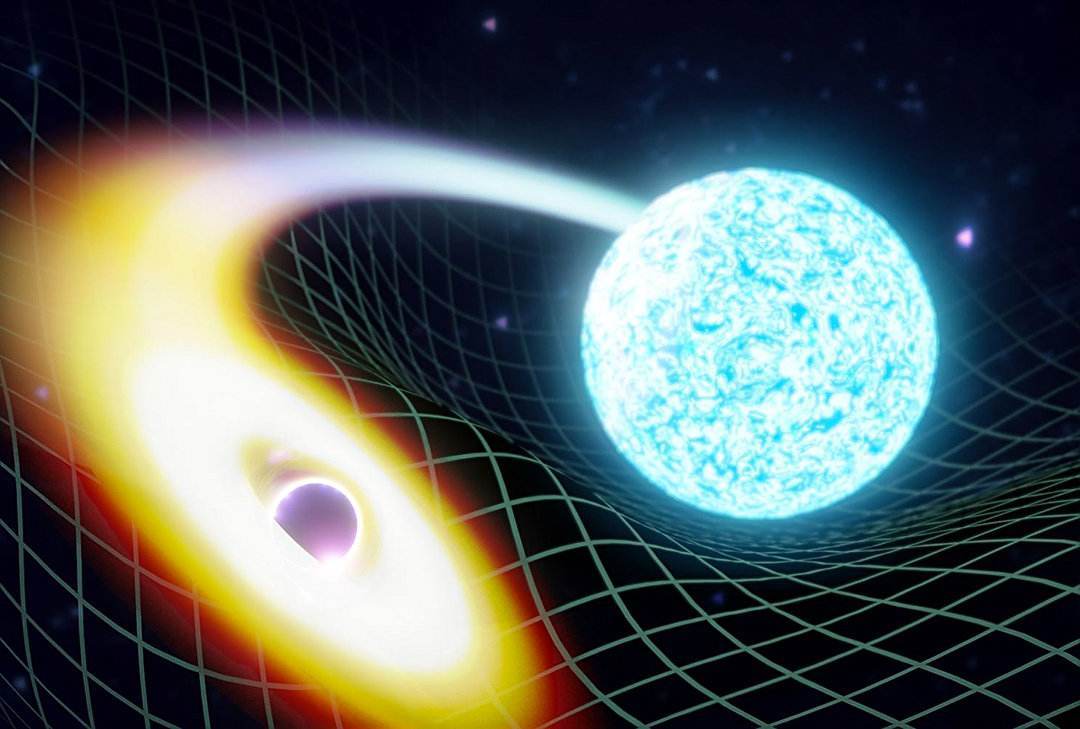
Since the space inside the atomic nucleus was severely compressed, the density of neutron stars is extremely high, and its weight can generally reach hundreds of millions or even billions of tons per cubic centimeter.
What would happen if we dig up 1 cubic meter of material from a neutron star and put it on Earth? Will the earth collapse because of this?
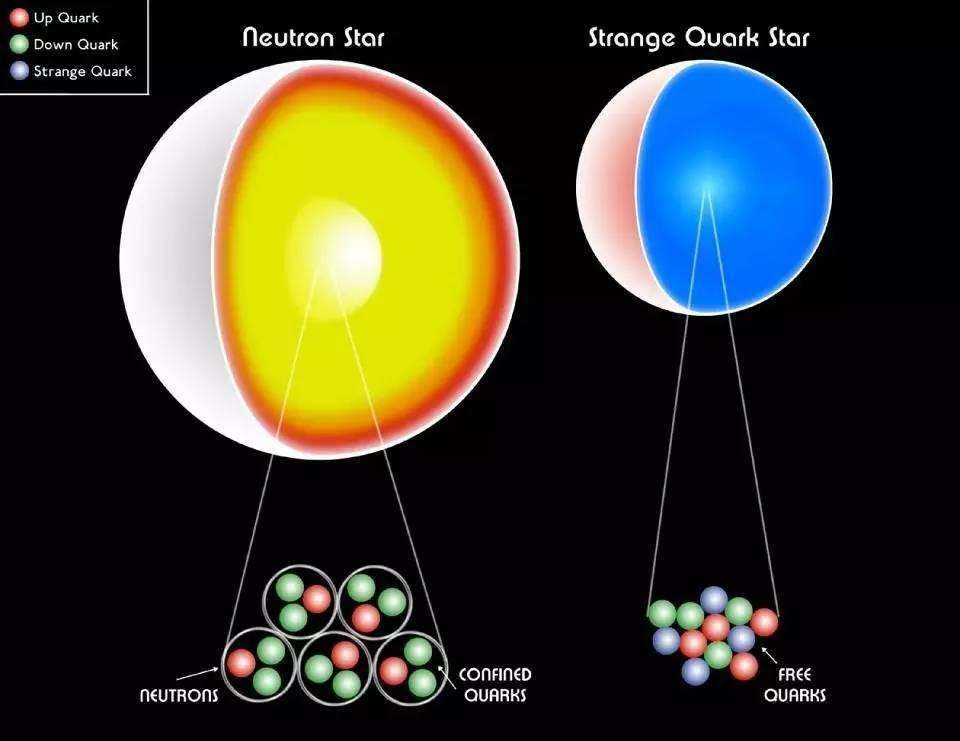
The smaller the volume and the higher the mass of the star, the higher the internal magnetic field. Since all the matter of the neutron star is tightly packed together, its volume is generally small, only about 10-50 kilometers, but its mass is extremely high , so the magnetic field of the neutron star is very strong, about 1 billion to 1 trillion times that of the Earth’s magnetic field.
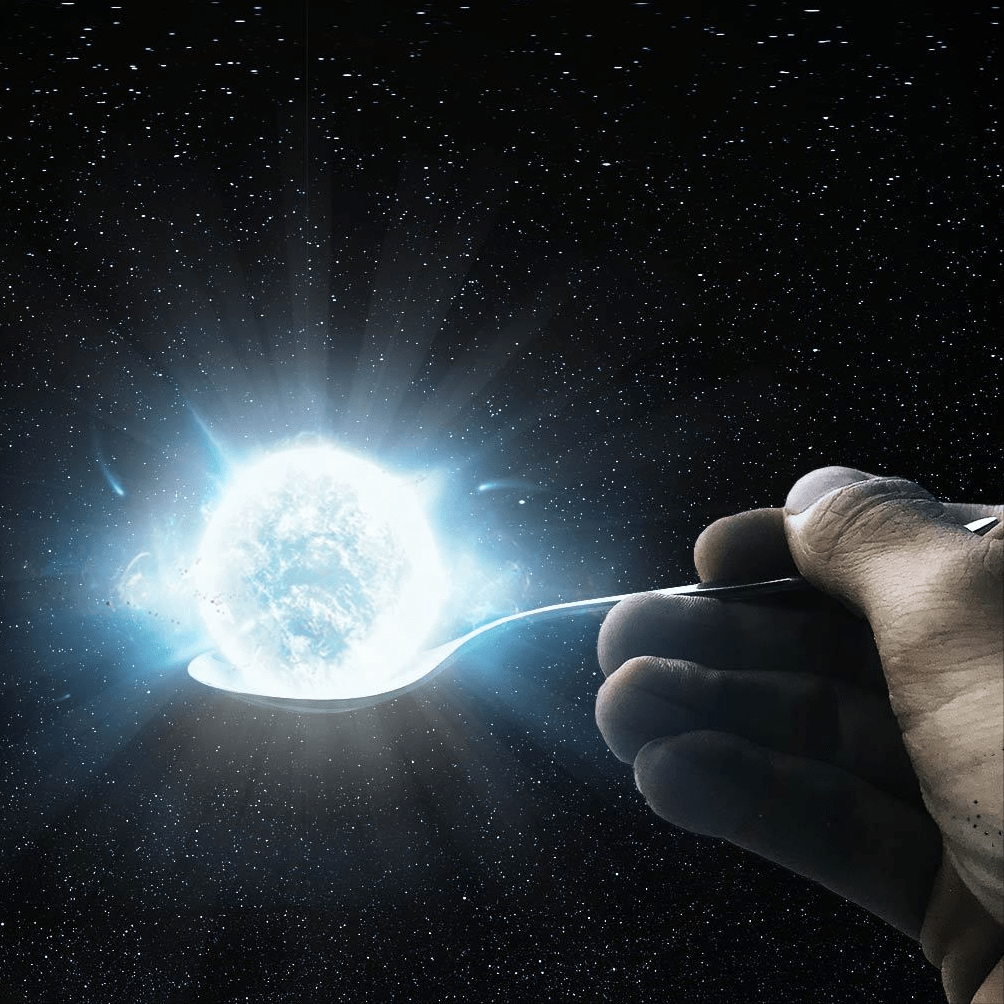
So if we dig material on a neutron star, we can only descend to the surface along the magnetic field lines. After reaching the surface, it is necessary to excavate. Due to the extremely high density of neutron stars, the gravitational force is also very strong. We can easily move around along the surface of the neutron star, but it is difficult to produce motion perpendicular to the star.

One cubic meter of material we want to dig is about 400 trillion tons, which is equivalent to the mass of an asteroid with a diameter of 45 kilometers, so we need a very large amount of energy delivery, assuming we successfully dig these materials, and have a super dynamic The spaceship sent us back to Earth. At this time, two situations may arise.
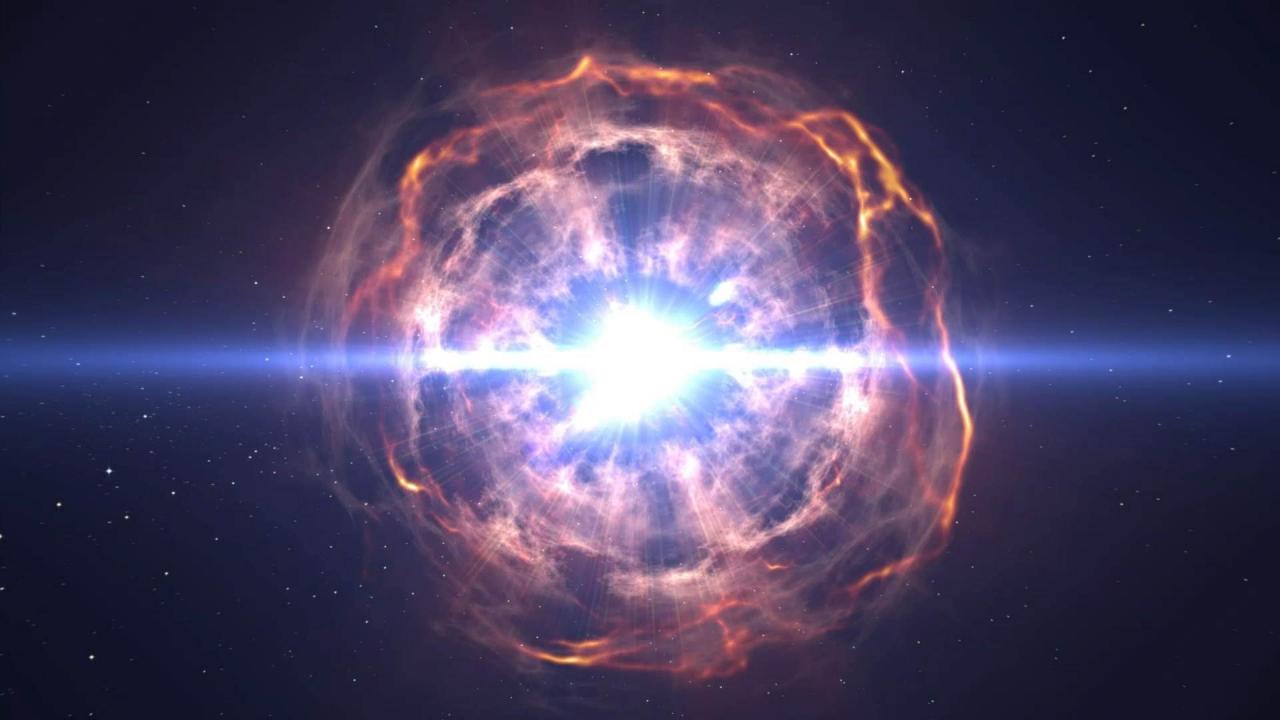
The state of matter of a neutron star originates from the conditions of the neutron star itself. Once it is separated from the high-temperature and high-pressure stellar environment, the material composing the neutron star is no longer in a compact form, but becomes free neutrons. The half-life of free neutrons is relatively short, generally only 10 minutes. After 10 minutes or so, it decays into ordinary protons and electrons, releasing a lot of energy.
According to the mass loss before and after the neutron decay, the theoretically released energy is equivalent to hundreds of thousands of tons of TNT, which is roughly equivalent to the simultaneous explosion of dozens of little boy nuclear bombs.
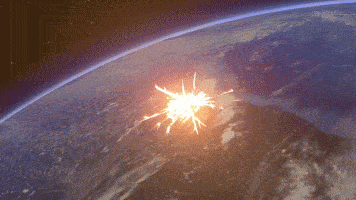
If we already have technologies that exceed the speed of light, such as wormholes or curvature engines, and bring this cubic meter of material back to the earth within 10 minutes, then the earth will be blown out of the largest crater in history, and everything around it will be instantaneous. It turns into plasma, which also causes instability of the formation.

A series of serious natural disasters, such as volcanic eruptions, tsunamis and super earthquakes, will eventually cause the earth itself to not be affected too much, and it is hard to say for human beings.
But suppose we have a technology that can keep the material of the neutron star in its original state after leaving the neutron star, maintain the high-pressure and high-density characteristics on the neutron star, and bring it back to Earth, what effect will it have?
1 cubic meter of matter will maintain the state of a cube without decaying. In this cube, the central gravity of each face is about 11 million times that of the earth, and the gravitational force of the four corners is 3.5 million times that of the earth.
But because one cubic meter is a little small, the central gravity will drop to 256G at a distance of 100 meters, and the gravity will only be 2.7G at a distance of one kilometer, which is equivalent to the pressure when riding a rocket to the sky. At a distance of 10 kilometers, the gravitational force from the neutron star material is basically imperceptible.
However, it will not be on the surface at all, because this 1 cubic meter of material is 400 trillion tons. There is no surface on the earth that can withstand a 400 trillion tons cube. When it touches the surface , more violently than a boulder sinking into the ocean. Because neutron star matter sinks at about 1 G, or 9.6 meters per second.
As it goes deeper into the mantle and reaches the Earth’s center, the sinking rate will gradually slow down. It will reach the center of the earth about 21 minutes after it touches the surface, and it will also reach the other side of the earth after 21 minutes, but it may not reach the other side, because a lot of normal condensed matter will accumulate during the sinking process, causing the speed Attenuate, and finally oscillate back and forth in the interior of the earth until it is integrated with the center of the earth.
What will happen to Earth during this time?
Due to the extremely large mass of neutron star matter, the tidal force brought by it is enough to trigger a series of geological disasters such as global earthquakes and volcanic eruptions, and raze all human buildings and most mountain peaks on the earth.

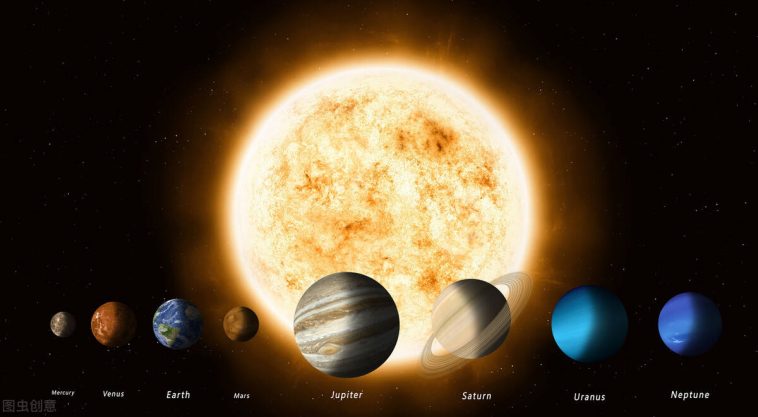


GIPHY App Key not set. Please check settings